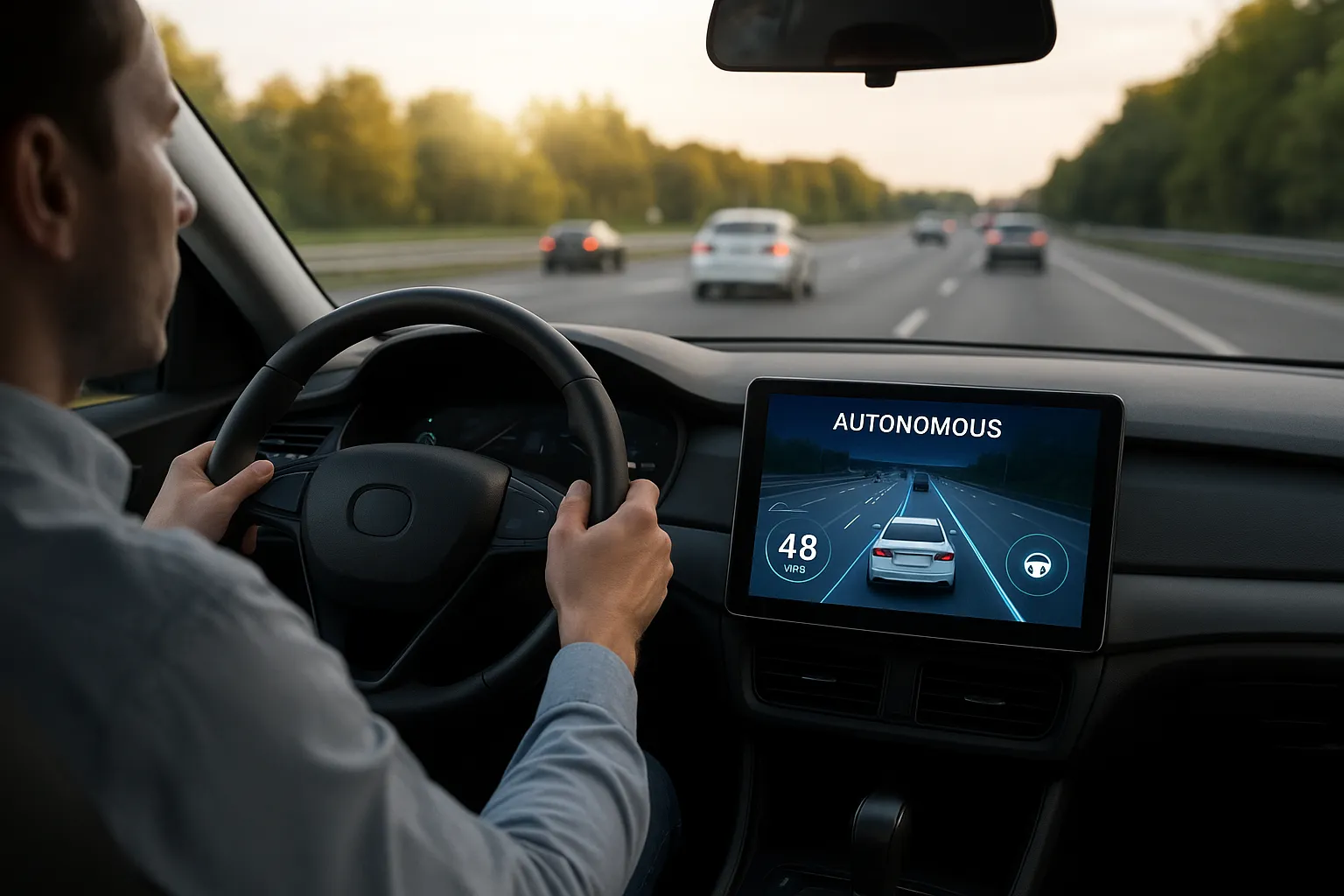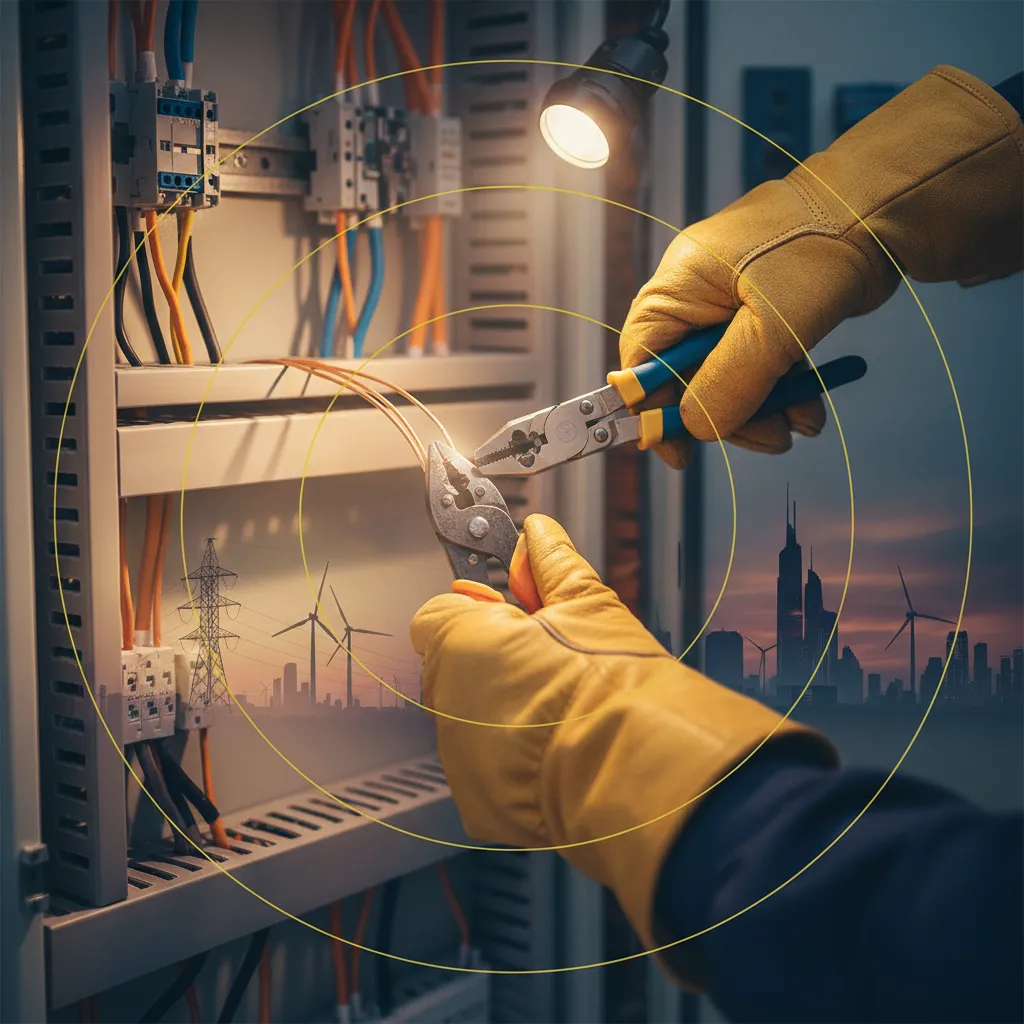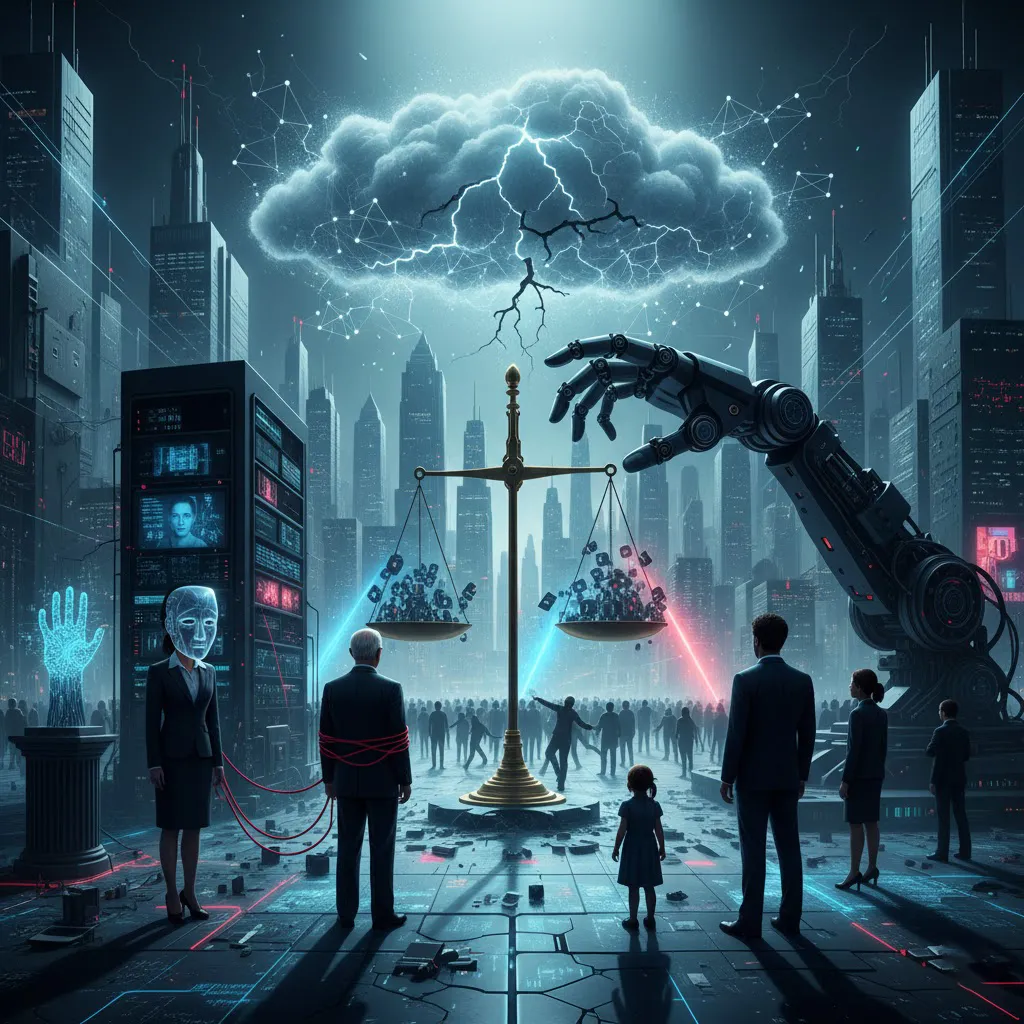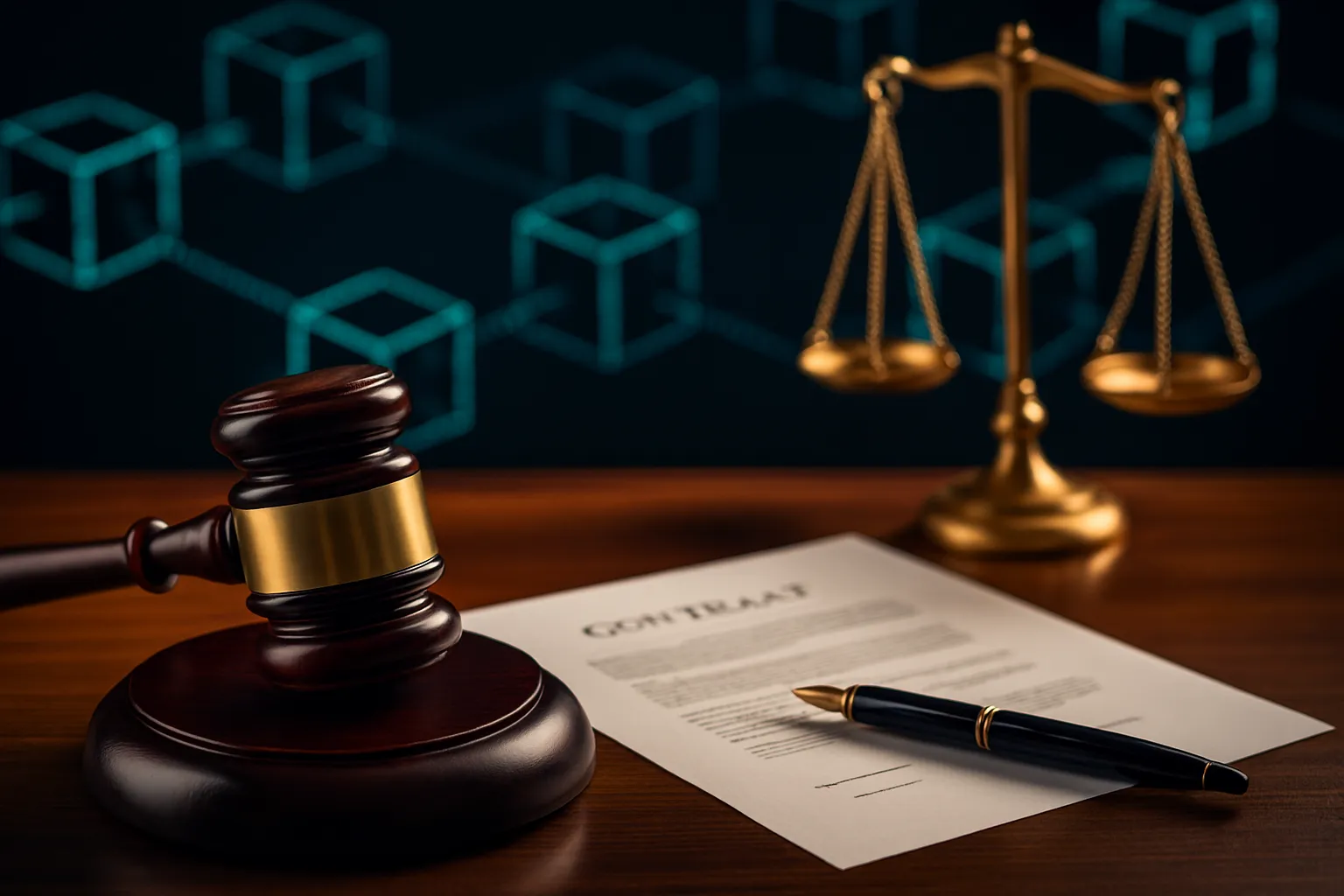Future of Auto Insurance: Trends in 2025 and the Era of Self-Driving Cars
The auto insurance industry is on the verge of a massive transformation as we enter 2025. With the rise of self-driving cars, advanced telematics, and AI-driven solutions, insurers face new opportunities and challenges. The future of auto insurance will not only depend on traditional risk assessments but also on how well insurers adapt to technological innovation and shifting consumer expectations.
In this article, we explore the major trends in 2025 shaping the industry, from personalized premiums to new legal frameworks. We’ll also dive into how autonomous vehicles will reshape liability, claims, and policy structures in the years ahead.

Historical Context: How Auto Insurance Has Evolved
Before predicting the future, it’s important to understand how auto insurance developed. Historically, premiums were calculated using broad categories such as age, gender, and driving history. This often led to generalized risk assessments that didn’t always reflect a driver’s true behavior.
Over the last decade, insurers have increasingly adopted data-driven approaches, including telematics and real-time driving analytics. This transition from traditional models to usage-based insurance has paved the way for more individualized policies, laying the foundation for upcoming changes in 2025 and beyond.
Technology as the Driving Force
The integration of technology is the most significant factor influencing the future of auto insurance. Today, mobile apps, IoT devices, and AI tools allow insurers to offer customized policies and improved customer service.
Examples of Technology in Auto Insurance
- Telematics devices that monitor speed, braking, and mileage.
- AI-powered claims systems that use photo recognition for instant estimates.
- Blockchain for secure and transparent data sharing.
Example: An insurer may use AI algorithms to detect fraudulent claims by analyzing thousands of data points, improving both efficiency and accuracy.
The Rise of Usage-Based Insurance in 2025
One of the fastest-growing trends is Usage-Based Insurance (UBI). Instead of paying a fixed premium, drivers are charged based on how often and how safely they drive.
H3: Benefits of UBI
- Rewards safe drivers with discounts.
- Encourages better driving habits.
- Provides insurers with more accurate data.
H3: Challenges of UBI
Despite the advantages, concerns about data privacy and constant monitoring may make some drivers hesitant. Insurers must balance transparency with innovation.
The Impact of Electric and Connected Vehicles
Electric vehicles (EVs) and connected cars are also reshaping insurance models. EVs have unique risks such as battery replacement costs, while connected cars generate massive amounts of driving data.
H4: Insurance for EV Owners
- Specialized coverage for charging equipment.
- Extended warranties for expensive batteries.
- Discounts for environmentally conscious drivers.
Example: A policyholder with a connected EV may receive a discount for consistently charging during off-peak hours, reducing grid stress.
Autonomous Vehicles and Shifting Liability
Perhaps the most disruptive force in auto insurance is the rise of self-driving cars. As vehicles take on more driving responsibilities, liability will shift from individual drivers to manufacturers and software providers.
H3: Key Legal Questions
- Who is at fault in an accident: the human occupant, the car’s AI, or the automaker?
- How will insurers calculate premiums when human error is no longer the leading cause of crashes?
H3: Industry Predictions
Experts predict that by 2030, insurers may focus less on personal driver liability and more on product liability coverage for manufacturers and technology companies.
AI and Automation in Claims Management
Artificial Intelligence is streamlining one of the most complex parts of auto insurance: claims. By 2025, AI-driven claims assessments will become mainstream.
Benefits of AI in Claims
- Faster claim settlements.
- Reduced fraud through predictive analytics.
- Enhanced customer satisfaction with real-time updates.
Example: A driver uploads photos of a damaged bumper to an app. Within minutes, an AI system estimates repair costs and issues payment approval.
Regulatory Challenges and Policy Changes
The rapid adoption of self-driving cars and AI raises major regulatory challenges. Governments must update existing insurance laws to address new liability issues, privacy concerns, and consumer rights.
H4: Areas of Focus for Regulators
- Data protection and consent for telematics use.
- Establishing fault in autonomous car accidents.
- Ensuring fairness in AI-driven underwriting models.
Policymakers in 2025 are under pressure to balance innovation with consumer protection, ensuring that technology does not undermine trust in the industry.
Consumer Expectations in the Digital Era
Consumers now demand more than just coverage-they expect convenience, transparency, and personalization.
H3: Changing Expectations
- Mobile-first interactions with insurers.
- Real-time updates on claims and policy changes.
- Clear communication on how data is used.
Insurers that fail to meet these expectations risk losing younger customers who value digital-first experiences.
Global Perspectives on the Future of Auto Insurance
The pace of change varies by region. In the U.S., private insurers lead the charge in telematics adoption, while in Europe, stronger data privacy laws shape how insurers can use driver data.
H4: Key Global Differences
- U.S. - Competitive market drives rapid innovation.
- Europe - Strict regulations limit data-driven underwriting.
- Asia - Rapid adoption of digital platforms due to urbanization and tech-savvy populations.
These differences will shape how quickly new insurance models spread across the globe.
Future Predictions Beyond 2025
Looking further ahead, the auto insurance industry may look completely different from today.
Emerging Trends
- Insurance for software systems in self-driving cars.
- Increased reliance on predictive analytics for accident prevention.
- Widespread use of blockchain smart contracts for automated claims.
Example: A blockchain-based contract could automatically pay out claims once crash data is verified by connected vehicle sensors.
Conclusion
The future of auto insurance in 2025 and beyond is shaped by technology, shifting liability, and changing consumer expectations. Self-driving cars represent the most profound disruption, redefining risk and responsibility in unprecedented ways.
While challenges such as regulation, privacy, and ethical concerns remain, the overall trajectory is clear: insurance is becoming more personalized, efficient, and technology-driven. Insurers that embrace these changes will thrive, while those that cling to outdated models may struggle to survive in the era of autonomous vehicles.
As we step into this new age, one thing is certain: the era of self-driving cars will not just change how we drive-it will redefine how we insure.











